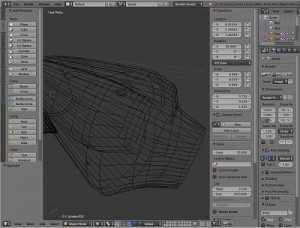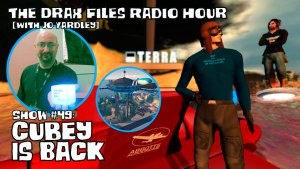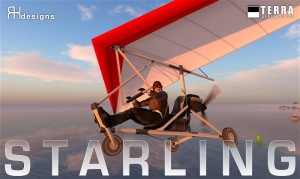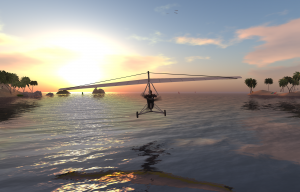The new year has heaved the bloated, stinking carcass of 2014 over the cliffs of time, and now stands sweating and panting from the exertion in a pool of dried vomit leftover from the New Year’s Eve party. In these first few days, we prepare ourselves for the gauntlet of days ahead, in which we will need dodge boulders in our path, leap over quagmires, duck low-hanging branches, and maybe occasionally take a very soft tomato full in the face. If we navigate the path correctly, the rewards are great; should we fail, we will learn from our mistakes and do our best to put on a brave tomato-covered face.

My personal tomato-in-the-face right now is Blender. This is the free 3D modelling tool favoured by designers who don’t want to spend any money on 3DS Max. I’d like to say that I’m making great progress learning to create things in Blender, but that would not be entirely accurate. In the weeks since I started sculpting my next plane, I have managed to restart five times after discovering that I was doing it all horribly wrong.
If you’ve mastered the building of objects in Second Life, you might mistakenly believe that you’re ready for proper mesh modeling. You would be wrong. Blender is a nightmare.
Nothing about the UI makes a lick of sense. Everything in the interface is contextual. Controls are completely non-intuitive. Menu items seem to be an afterthought to the extensive keyboard shortcuts. Remember those old WordPerfect keyboard cheat sheets from the nineties? Blender’s keyboard cheat sheet would be novel length.
After my five restarts, I have something that almost resembles the approximate shape of half an airplane. I’m not, however, giving up. While other aircraft makers might be uploading absolutely perfect replicas of real-world aircraft that previously appeared in other games, that’s not my goal. Obviously, I can’t compete with a professional 3D modeller when I have only a few weeks of experience with Blender. No, my goal is not to compete with hyper-realistic planes, but to return to my Second Life roots and explore retro-futurist designs with a touch of art deco. I’m taking my inspiration from movies like Rocketeer and Sky Captain, from old serials with rockets, fins, and chrome, and from 1930s aircraft and artwork. You’re going to see a lot of copper and steel.
Progress is slow, but today I sculpted a tail fin that I’m mostly happy with. Ahead of me, I’m looking at weeks more of careful, detailed work before I even think about texturing. After that, weeks more of scripting. That’s what it takes to create original content in Second Life. It truly is a slog. Yes, I could upload a prefab model to SL and have it flying in a matter of hours, but that’s not content creation — that’s simply adapting (and stealing) existing content — and that’s not what I do.
Over the coming weeks, I’ll post my progress (and possibly my mistakes as well). I’m confident that 2015 is the year you will fly the first mesh-based Terra airplane in Second Life.




